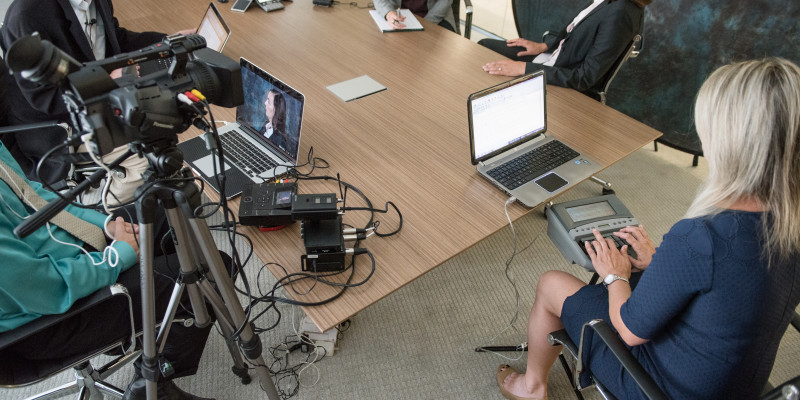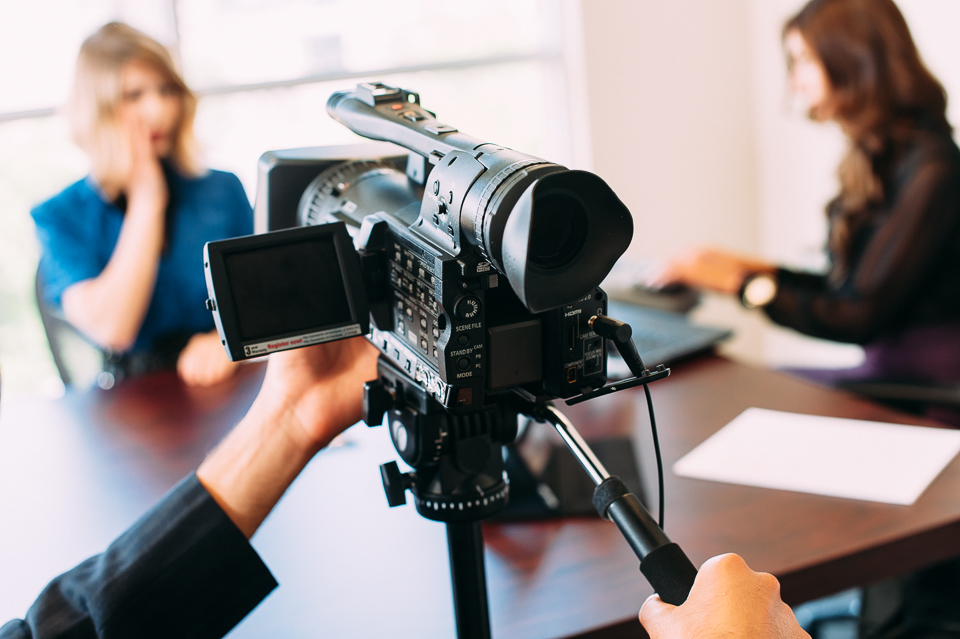Diving Into the Devices of Lawful Videography: Introduction Its Procedure in Safeguarding Authentic Visual Testament for Judicial Process
In the world of judicial procedures, the duty of legal videography stands as a keystone in preserving and offering visual evidence. As modern technology continues to breakthrough, the systems behind lawful videography have ended up being significantly elaborate, supplying an important layer of credibility to testimonies caught on video clip.
Historical Development of Lawful Videography
Analyzing the historic development of legal videography reveals a considerable makeover in the capturing and discussion of aesthetic proof within the legal landscape. In the past, legal procedures greatly counted on written transcripts and photos to record occasions and offer evidence. With the advent of video innovation, the lawful sector witnessed a standard change in exactly how aesthetic statement was captured and presented.
The evolution of legal videography can be mapped back to the late 20th century when improvements in video recording tools made it much more obtainable for usage in court rooms. This technological innovation not just boosted the accuracy and integrity of visual evidence yet also revolutionized the means instances existed to courts and courts (Legal Videography). Attorneys started to acknowledge the convincing power of video clip recordings in communicating emotions, nuances, and non-verbal hints that created pictures or records alone can not catch properly
Modern Technology Advancements in Video Clip Documents
What essential technological improvements have transformed video clip documentation in the lawful field? The lawful field has seen substantial improvements in video clip documentation technology that have boosted the authenticity and integrity of aesthetic evidence in judicial proceedings. Among the vital innovations is high-def (HD) video recording abilities, which give crystal-clear images and sharp details that are vital for properly recording statements, faces, and other aesthetic signs. Furthermore, the integration of timestamping and metadata functions in video documentation devices has actually allowed exact paperwork of when and where the video was tape-recorded, guaranteeing the honesty of the evidence offered in court.
Moreover, innovations in video clip file encryption and watermarking technologies have boosted the protection and tamper-proof nature of video evidence, protecting it against unapproved alterations or tampering. Moreover, the development of cloud storage space solutions and remote gain access to abilities has structured the storage space, retrieval, and sharing of video evidence, helping with smooth collaboration among lawyers and making sure reliable accessibility to vital aesthetic statements when required. These technological improvements in video clip paperwork have actually most certainly changed the lawful area, boosting the precision, reputation, and admissibility of aesthetic proof in judicial procedures.
Function of Legal Videographers in Courtroom Settings
The evolution of video clip paperwork innovation in the legal area has actually demanded a crucial duty for lawful videographers in court settings, making certain the stability and reliability of aesthetic statements presented throughout judicial procedures. Lawful videographers play an essential function in capturing and maintaining accurate visual evidence that can be essential in lawsuit. Their responsibility prolongs to establishing tools, tape-recording proceedings, and creating top quality video clips that accurately mirror the events in the court room.
Additionally, legal videographers typically function very closely with lawful groups to make certain that the video evidence aligns with the case's requirements and can be efficiently presented in court to sustain the legal arguments being made. Generally, the role of legal videographers in court settings is important in promoting the principles of justice and guaranteeing the transparency of legal procedures. Legal Videography.

Ensuring Admissibility and Stability of Video Clip Evidence
To preserve the reputation of visual evidence provided in lawful process, guaranteeing the admissibility and stability of video clip proof is a crucial obligation for lawful videographers. Admissibility describes the approval of evidence by the court, and for video evidence to be admissible, it needs to fulfill particular criteria. Legal videographers play an essential function in making sure that the video clips they record follow the guidelines of evidence, such click to investigate as significance, credibility, and integrity.
Integrity of video proof entails maintaining the creativity and precision of the video from the moment it is taped up until it exists in court. This includes securely storing the video clip documents, recording the my review here chain of protection, and protecting against any kind of tampering or alterations. Legal videographers have to adhere to strict methods to guarantee the honesty of the video clip evidence and avoid any type of challenges to its authenticity.
Future Trends in Legal Videography
Offered the boosting reliance on technology in lawful procedures, legal videographers are positioned to accept innovative advancements forming the future of visual testimony capture and discussion. One of the prominent fads coming up is the integration of digital truth (VR) and enhanced reality (AR) modern technologies into lawful videography. These innovations have the potential to change exactly how aesthetic proof is presented in court rooms, allowing judges and juries to submerse themselves in the scene of the criminal activity or occurrence.
Furthermore, making use of synthetic knowledge (AI) algorithms for video clip analysis is expected to simplify the process of assessing and evaluating huge amounts of video clip footage. AI can aid in determining crucial minutes, anomalies, and patterns within video clips, boosting the effectiveness of lawful investigations.

Verdict
Finally, lawful videography has played a crucial role in offering authentic visual evidence for judicial proceedings. Via technical advancements and the you can try this out expertise of legal videographers, the integrity and admissibility of video evidence are ensured in courtroom settings. As lawful videography proceeds to develop, it will be important to support standards that preserve the accuracy and integrity of visual statement for the future of legal process.
Examining the historical progression of legal videography reveals a considerable transformation in the catching and presentation of visual evidence within the lawful landscape.The evolution of video documents modern technology in the legal field has actually necessitated an essential duty for legal videographers in court room settings, making certain the stability and reliability of visual testimonies offered throughout judicial process. Additionally, legal videographers commonly function closely with lawful groups to make sure that the video proof lines up with the instance's demands and can be effectively presented in court to support the lawful debates being made.To keep the integrity of aesthetic evidence offered in legal proceedings, ensuring the admissibility and integrity of video evidence is a vital obligation for legal videographers. As legal videography continues to advance, it will be crucial to support criteria that keep the accuracy and reliability of aesthetic statement for the future of legal procedures.